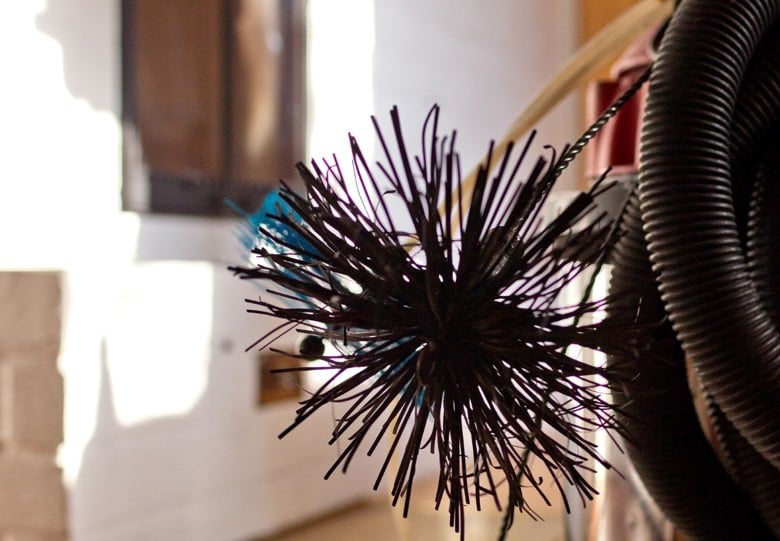Avoid the risk of fire

The maintenance task required most frequently for the fireplace is the removal of ash. Too much ash can, for example, prevent the combustion air from cooling the grate, which then easily gets bent and ruined. Ash must be removed and stored so that there is no risk of fire. The rescue department recommends acquiring a metal ash container with a lid for this purpose.
Regular sweeping prevents chimney fires
Regular sweeping keeps the chimney flues clean and prevents chimney fires. In addition, the chimney sweeper checks the condition of fireplaces, chimney flues and chimneys, which helps to avoid fires caused by a crack in the flue or fireplace.
Arranging chimney sweeping is the responsibility of the owner/occupier. The fireplaces and chimney flues of a detached house must be swept once a year. Fireplaces and chimney flues that have been unused for three years must be swept before use.
Making use of ashes
When only clean wood is burned, the leftover ash serves as an excellent soil improver. All species for which lime is applied also benefit from ash, including grass, berry bushes and apple trees. In winter, ash can be applied on the snow.
If you cannot use the ash for soil improvement, it belongs in mixed waste, not compost.
Ash must be removed from the fireplace and stored so that there is no risk of fire. The rescue department recommends acquiring a metal ash container with a lid for this purpose.